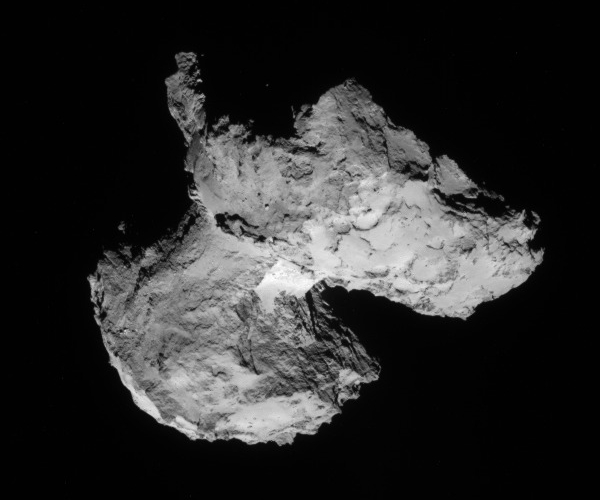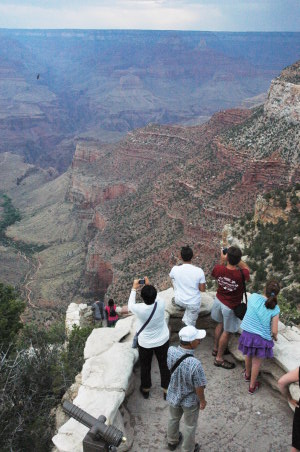Yesterday the private commercial launch company SpaceX broke ground on its own private spaceport near Brownsville, Texas.
“This feels great. It feels like the future,” [SpaceX founder Elon] Musk said at the ground-breaking. … He intends to have the first launch in late 2016, with an initial 12 launches a year. Ultimately, “thousands of launches,” he projected. Furthermore, “when we start doing commercial crew activities, I would expect us to launch a crew from here,” he said.
The significance of this construction is not trivial. This will be the first spaceport built by a private company that will be used to launch its privately-built commercial rockets, and will do it for profit. Other spaceports have been established in the last decade for the purpose of private space tourism, but none have seen anything fly, and all those spaceports were some form of quasi-government operation.
SpaceX’s Brownsville spaceport, rumored to be dubbed Mars Crossing, is not a government-run operation, however. It will be wholly owned and operated by the company, and is being built to allow them to launch commercial satellites unconstrained by the rules that make launches from the government controlled spaceports at the Kennedy Space Center as well as Vandenberg Air Force Base in California difficult and complicated.
This ground-breaking also comes on the heels of last week’s announcement that SpaceX and Boeing have been chosen by NASA to build spacecraft to ferry human astronauts to and from the International Space Station.
It also comes at the same time the Russian government has reorganized its entire aerospace industry to place it under government control, committed billions for the accelerated construction of a new spaceport on Russian territory, and launched the first test flight of its own new rocket, Angara, designed to compete for commercial market share while also reenergizing the entire Russian space effort.
Nor is that all.
» Read more








